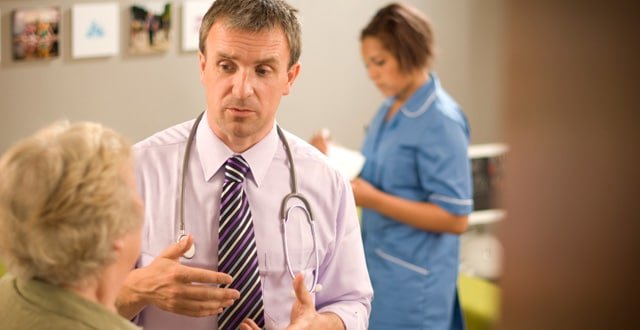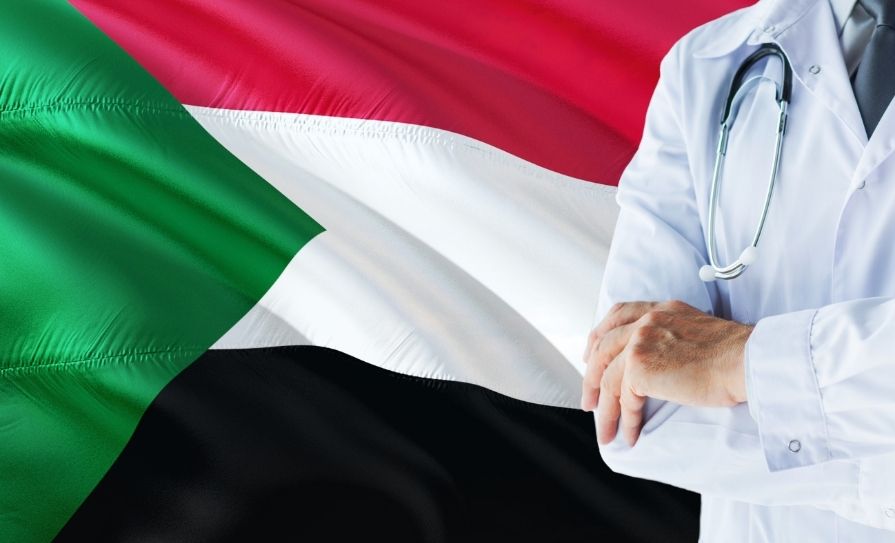According to a spokesperson: “The HSE fulfils its obligations by providing transparency, to the greatest extent possible, on the use of public funds; it should be noted that in 2014 GPs were reimbursed in the sum [of] €453 million for service provision and the reimbursement figure to GPs for the year 2017 was €551 million.”.
The spokesperson said the HSE publishes an annual Statistical Analysis of Claims and Payments report, providing an overview (broken down by community healthcare organisation area) in relation to payments made to contractors under the Primary Care Reimbursement Service (PCRS). They said this is done “on an anonymised basis”.
“Clearly the HSE has a legal obligation (pursuant to the FoI Act 2014) to release records/information as requested and as appropriate. The HSE is satisfied that data protection legislation allows for the release of this information under FoI.”
GP bodies have criticised the release of the figures.
Padraig McGarry, Chair of the IMO GP Committee, said the figures provided by the HSE were “utterly misleading and implied that GPs were receiving much more income than was actually the case”.
“The figures are gross figures which take no account of the substantial costs incurred by GPs in providing services including cost of premises, staff, technology, insurance and every other business cost that they are liable for.”
He said GPs engaged in over 25 million clinical consultations a year and over €160 million had been taken out of GP services since the financial crisis.
Dr McGarry said GP services remained under-resourced compared to every other European country and this was having disastrous consequences for other parts of the health services.
The IMO is currently in negotiation with the HSE and Department of Health on GP funding “and unless significant investment is forthcoming, general practice will fail”, said the union.
The NAGP’s Chief Executive Mr Chris Goodey said: “The release of these figures in isolation provides a misleading impression that this is what GPs earn. The fees indicated by the HSE fund the salaries of the GP employees, practice nurses and administration staff, the cost of premises, insurance, technology, supplies, insurance, light and heat, consumables, etc. The manner in which the fees are published fail to highlight this.
“GPs receive, on average, €9 per month for each medical card patient irrespective of whether they attend once or 10 times over that month. The reality is that these payments do not cover the cost of that care.
“We are disappointed that the HSE has released these grossly-misleading figures. It is an issue that we will be reporting to the Data Protection Commissioner.”
Mr Goodey said funding to general practice does not represent the take-home pay of GPs. “GMS funding in general practice covers care for all patients 24 hours a day, seven days a week, 365 days a year under the existing GMS contract.
“Meanwhile there are thousands of patients left abandoned by the HSE due to 70 per cent of practices around the country having no capacity to take on their care due to lack of funding,” Mr. Goodey added.
According to the data released by the HSE, headed “payments to the top 100 doctors for 2017”, Dr Andy Jordan, the NAGP Chairperson, tops the list. The “gross amount excluding practice support” to Dr Jordan is €1,106,221 and “gross amount including practice support” is €1,107,592.
Second on the list is Dr Austin O’Carroll (north west Dublin) with “gross amount excluding practice support” of €802,879 and “gross amount including practice support” of €903,176. In third position is Dr Catherine Coleman (north west Dublin) with “gross amount excluding practice support” of €797,350 and “gross amount including practice support” of €843,263.













Leave a Reply
You must be logged in to post a comment.